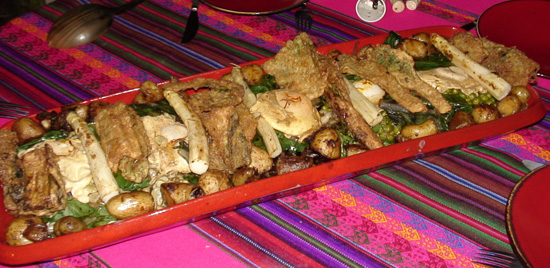Les foodingues at David Lynch’s Parisian Club !
September 11th, 2013Silencio, Paris – Sept 7, 2013 / 8 PM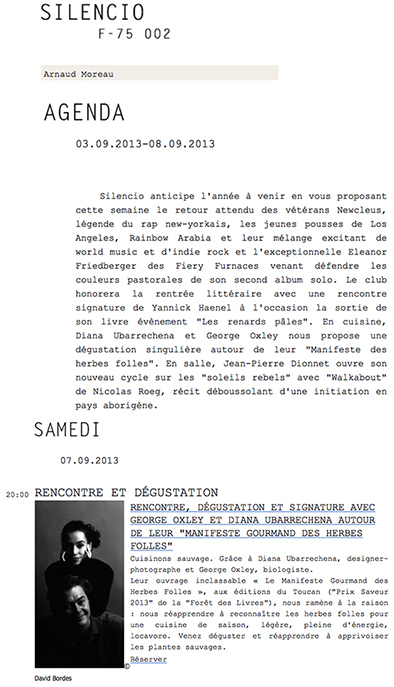
The Crazy wild plants and the Foodingues are taking over a few hours, the Silencio, the private club designed by David Lynch, just for a casual culinary performance made up of wild forage plants, for the club members, at the occasion of the release of the book le “Manifeste Gourmand des Herbes Folles” , the wild forage plant manifesto, written by Diana Ubarrechena, George Oxley and Gérard Ducerf, at the éditions du Toucan.
Bunches of wild flowers are glittering in neverending vasarelian mirrors… nithing about decoration…
we are talking serious food to be crunched by special gourmets.
The menu has been designed according to the salvage natural of the master of the place, David Lynch :
GREEN VELVETS : a shot of green aphrodisiac Gazpacho of hogweed, Hieracleum sphondyllum, meadowsweet, Filipendula ulmaria, plantain, Plantago lanceolata and Plantago major, and bishop’s weed, Aegopodium podragraria.
CRUSTY MEDITATIONS : Croustillant of comfrey, Symphitum officinalis, bladderwrack seaweed, Fucus vesiculosus, Nori, Porphyra, chickweed, Stellaria media… on a creamy line of weld Reseda phyteuma
MULHOLLAND SEEDS WITH THE LOST DUO OF ODD SALMONS : quinotto of whelk broth and grilled psychedellic seaweed , with a salmon preserved in carob syrup, carbonised seaweed and mandarine flavored Hogweed seeds, with its’ companion salmon preserved in meadowsweet with ultradry sherry wine, altogether topped with a bunch of Cardamine sprouts.
LOST HIGHWAY SHERBETS : 1 spoon of frozen blackberry on top of a blackberry sprout sherbet; a glass of Frozen yogurt with meadow sweet and malt.
We wellcome our guest on green velvet… starting with an aphrodisiac shot, unhibiting, to shape our guest in the best form possible in order to appreciate this feast and wipe off all the residues of bad, fast and too heavy Parisian food from the outside : the ultra fresh aphrodisiac hogweed, with it’s chlorophylle to the top, mixed with two varieties of plantain against allergies, Meadowsweet the best digestiv and vein cleaner, and the gout weed or bishop’s weed, to drain all the heavy food excesses.
Then it is a brick of false fish with fake mustard : We are just being the stock exchange, the temple of virtual money, so a bit of irony will do: why not give some fake stuff which is better than the true one : F For Fake, thank you Orson Welles… comfrey is the Dover sole of the forest, a total fraud when mixed with the glutinous seaweeds… Chevreul_nadar a mix of nori, the ones of the sushi, but crop by us under the cliffs of Varengeville and the Fucus the famous bladder fucus sold in farmacy as diet food complement to loose weight. To this one line of Reseda cream, the plant which led to the discovery of cholesterol and the antioxidant : the lucky charm plat of the famous chemist Chevreuil, who has search all his life on the tricks and principles of immortality , who died at 104 of sorrow to have lost his 85 years old child. He was given a burial with the National honour for the foundamental services he rendered to humanity.
After these meditations on immortality, the truth and the fake which finally comes out victorious; we decided to put our steps in the sinuous ones of David Lynch to finally bump into a salmon duo lost in Mulholland drive : a banality at first, which sinks into the gluey moving grains of a quinotto to finish on spines which are in fact savory carbonised crispy seaweeds. It is precisely there that we collide with these big pinkish salmons, banal and vulgar, fresh from the deep American MidWest, with king size carton schooners in their hands. But the intriguing was that from the near, their Irish orangy pink was in fact black for the one and green for the other; a complexity with undescribable tastes that merits a little pose in order to start writing a TV soap opera. By chance here is just a tousled hairy Cardamine ! It stand for “to tame the heart” in Greek and scientists just found that it produced nevronic acid the precusor of the myeline of our brain… enough to keep running the serial for many seasons…
Finally lets’ get back on the Lost Highways, that we thought sinister and unhuman, for fantoms and zombis… Yes, yes, they tried to tell just the same things with the hogweed. It is for this plant that was invented the first herbicide : just imagine the favored food, wild forage of the English countryside… the cause of too many births… if you make it disapear there will be less poor in the world… simple no? They even pretended that it was the same plant as the Caucasian hogweed, which produce photosensitivity… A hogweed form the east carpates dracul which turns you into lubricity without any possibility of seeing the sun anymore… and Bram Stoker invents Dracula, the lusty vampire who must hide from the sun…
No! Lost Highways are in fact the last refuge of liberty, where all delight are allowed, wher a frozen blackberry can pose on a blackerry sprout sherbet to get exploded by its’ astringent sweet and sour, where a frozen yogurt birsts with voluptuous meadowsweet and malt, to announce the total licence of the noight…
- Wild forage plants, listen now ! Her is your place, luxury, calm, voluptuous … SILENCIO
PS:
I must say as a post scriptum, that the public has been at the height of the place : passionate, curious, hedonists and connoisseurs. I will just unveal the identity of one of them : the great baker Christophe Vasseur , from the bakery du Pain et des Idées, rue de Marseille, Paris 10°, who is now part of the French culinary Heritage though so young, wity and inventiv.
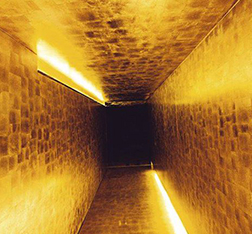
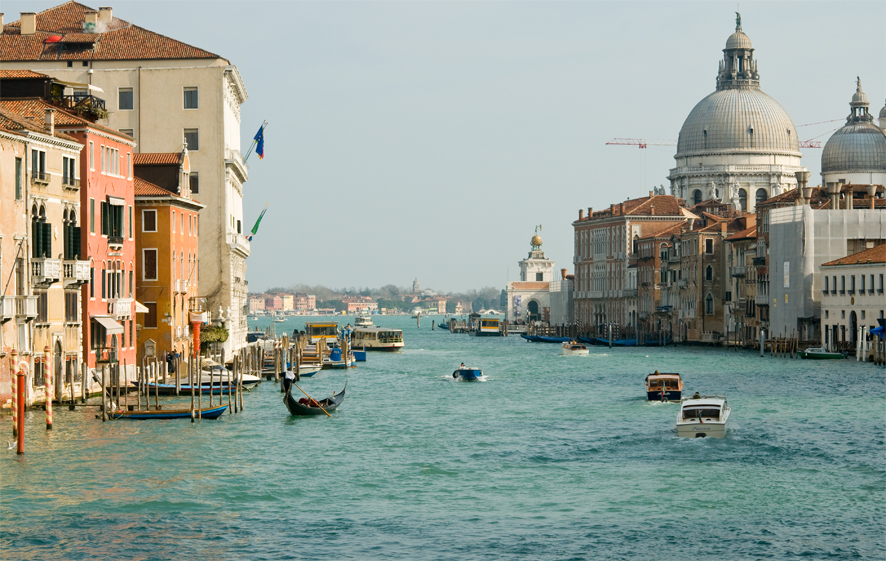
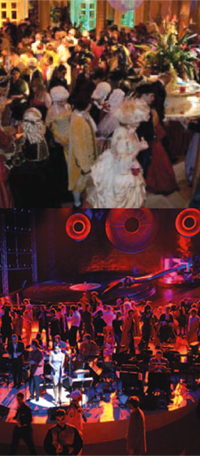
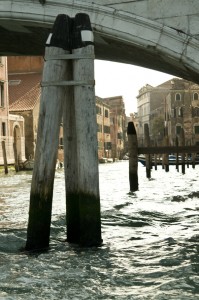
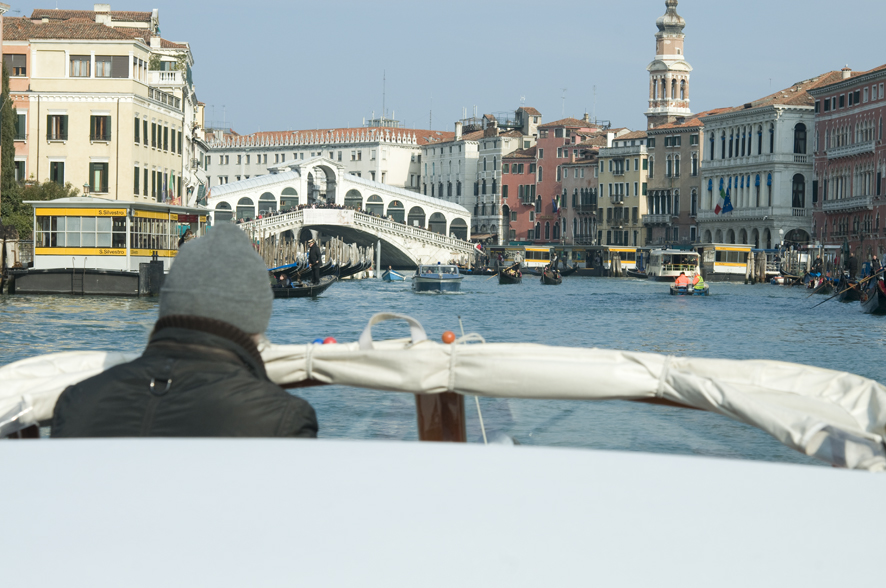
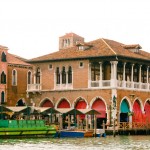



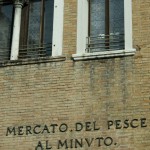
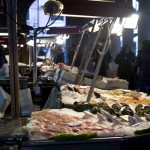

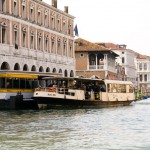
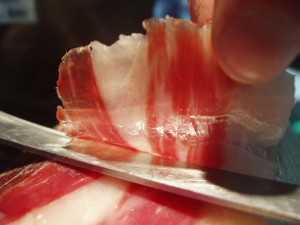
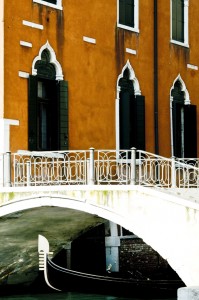
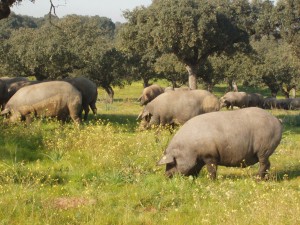
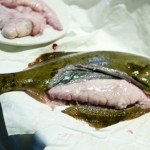
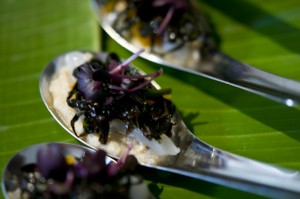
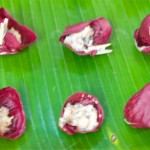
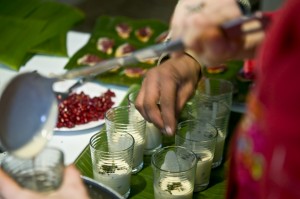
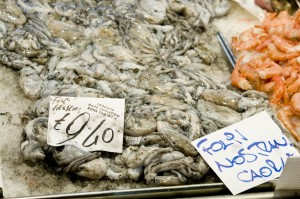
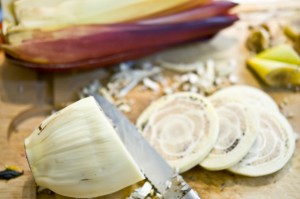
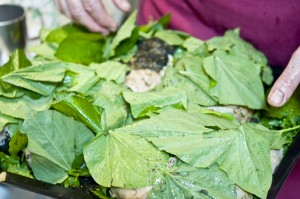
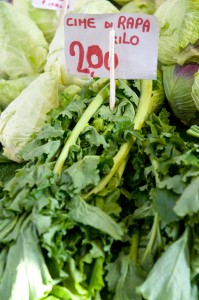
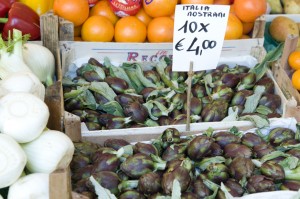
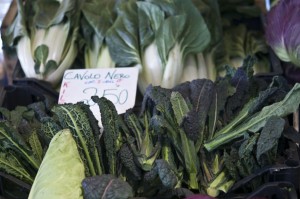
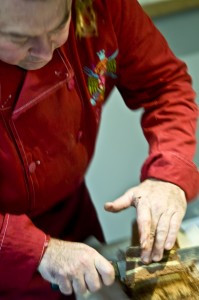
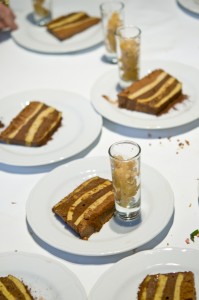
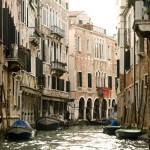




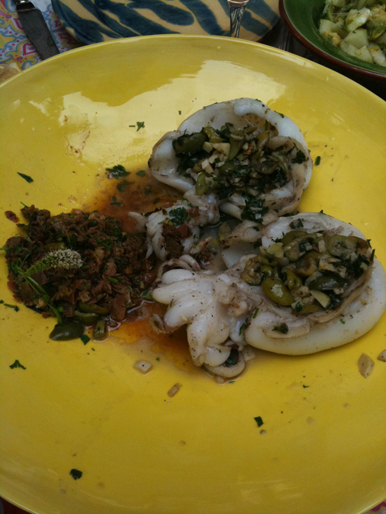
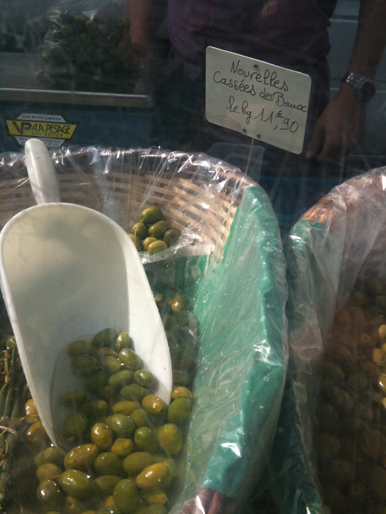 when its fruit is the most ferm and cast the more green aromas. Now or nether. September, October, November, it is the right time to stray in the Alpilles, around les Baux de Provence, to pick the big plumpy green Grossane. The more you pick them, the more they will make you fall.
when its fruit is the most ferm and cast the more green aromas. Now or nether. September, October, November, it is the right time to stray in the Alpilles, around les Baux de Provence, to pick the big plumpy green Grossane. The more you pick them, the more they will make you fall.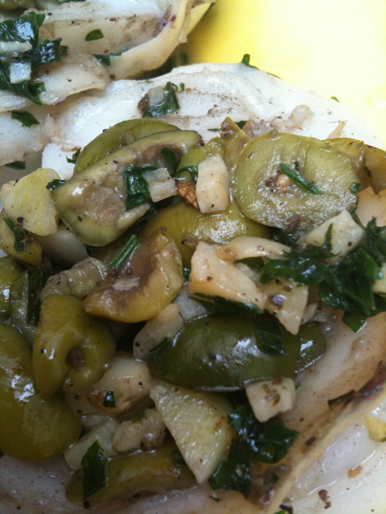
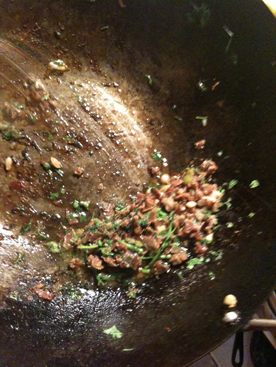
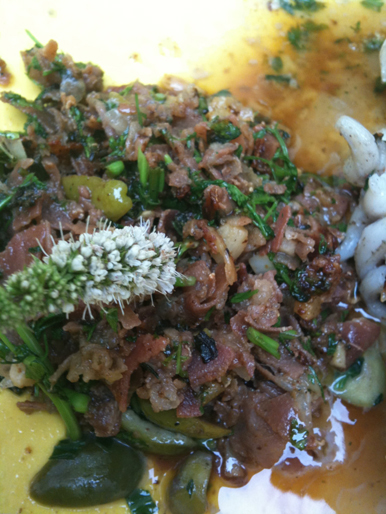
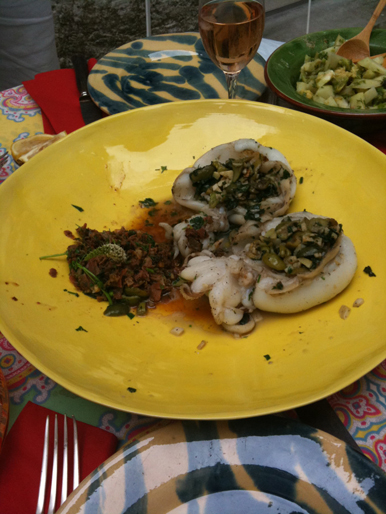
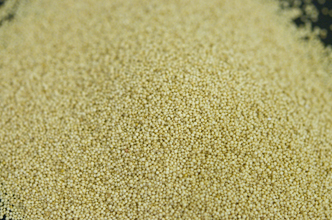
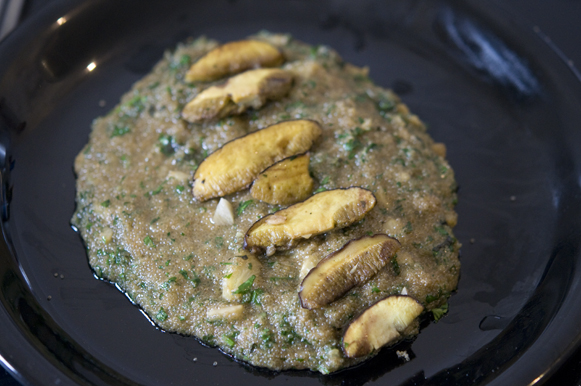
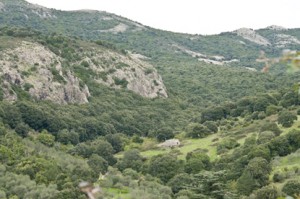
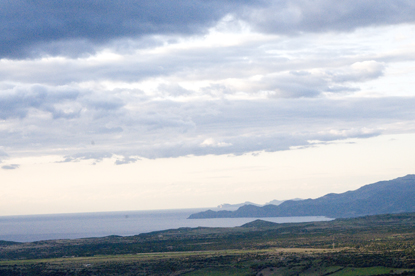
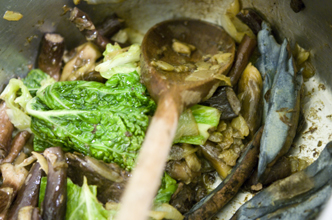
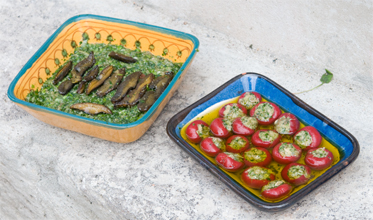
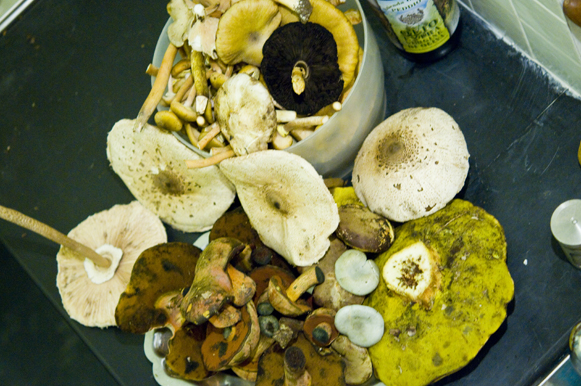
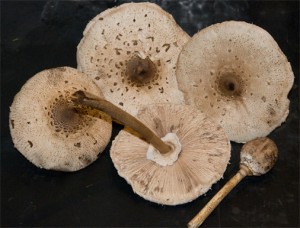
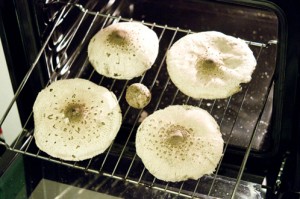
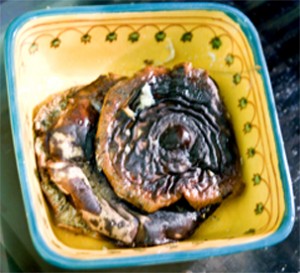
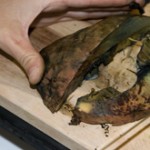
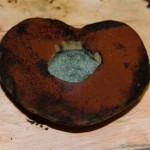
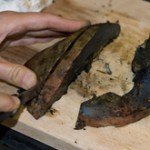
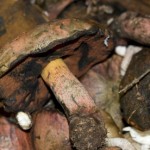
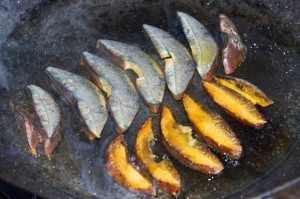
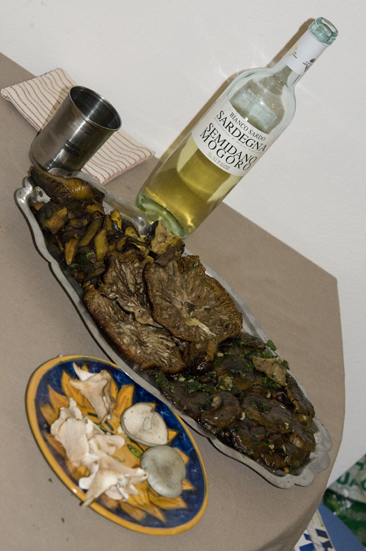
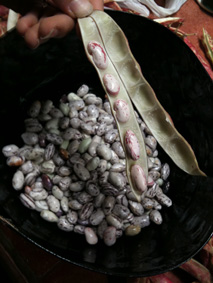
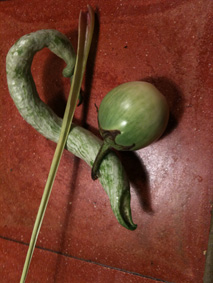 Yes we are lucky. The sofrito, always with olive oil. May I remind you that the best olive oil in France is the one of
Yes we are lucky. The sofrito, always with olive oil. May I remind you that the best olive oil in France is the one of 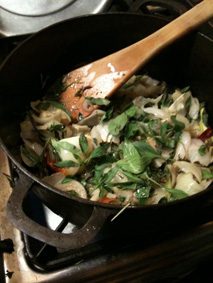
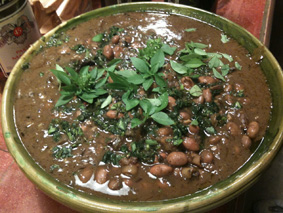
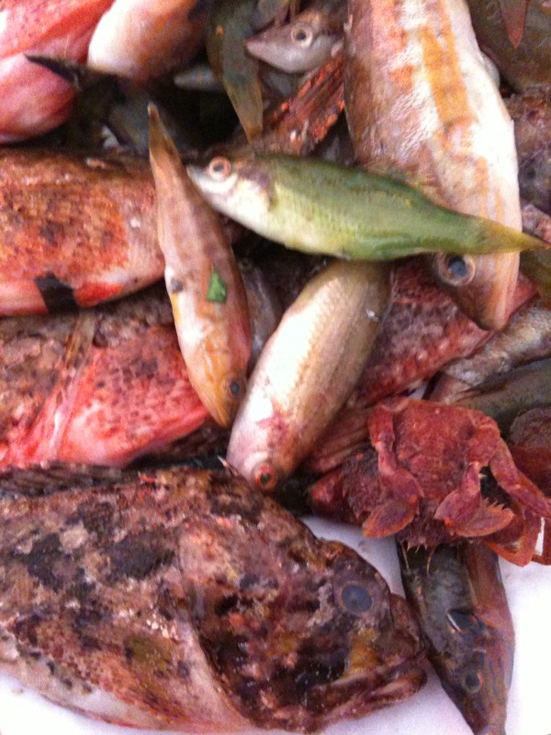 La BOUILLABAISSE des
La BOUILLABAISSE des 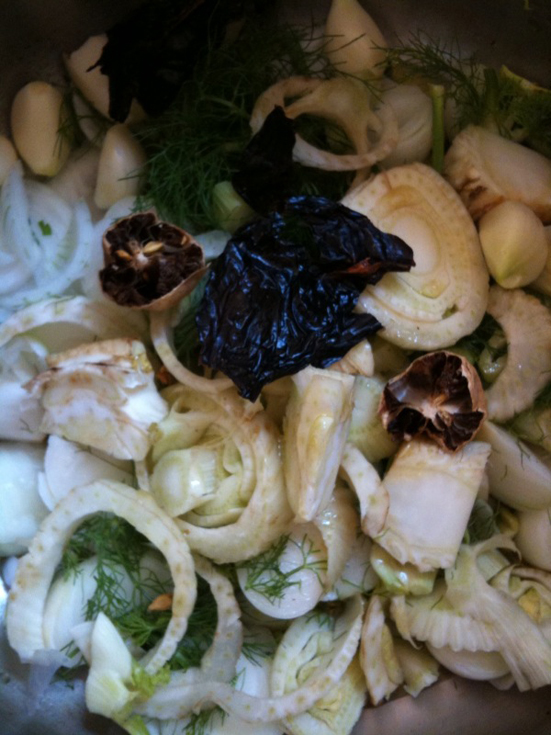 In a wide pan, a sofrito : 5 fresh onions chopped with their herbs; a whole garlic, two tomatoes, thyme, wild fenel, a dash of absynthe, a leaf of laurel, flat parsley, orange or citrus peels (use the iranian dried limes if you dont have fresh organic ones). A good chile ancho, negro or pasilla from Oaxaca, Mexico.
In a wide pan, a sofrito : 5 fresh onions chopped with their herbs; a whole garlic, two tomatoes, thyme, wild fenel, a dash of absynthe, a leaf of laurel, flat parsley, orange or citrus peels (use the iranian dried limes if you dont have fresh organic ones). A good chile ancho, negro or pasilla from Oaxaca, Mexico.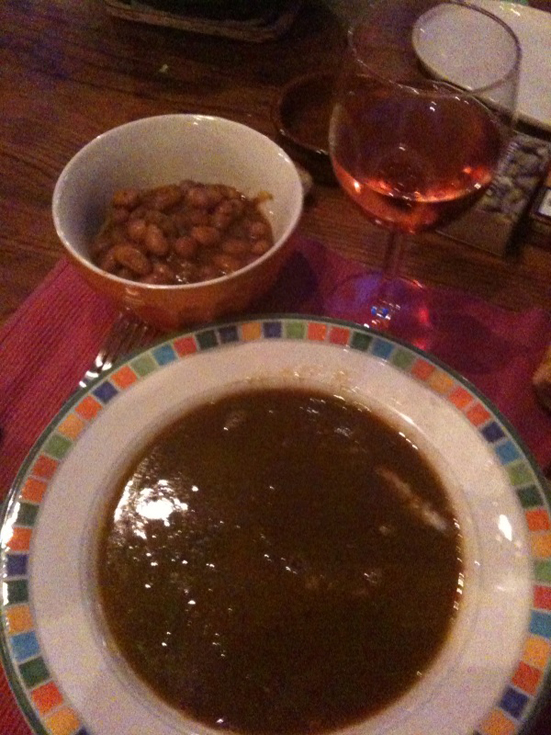 Third essential point : olive oil, garlic and broth ; the three elements which allow the perfect emulsion, garlic providing the tensio activ mollecules for the perfect texture. The true bouillabaisse requires quite some garlic and olive oil to succeed.
Third essential point : olive oil, garlic and broth ; the three elements which allow the perfect emulsion, garlic providing the tensio activ mollecules for the perfect texture. The true bouillabaisse requires quite some garlic and olive oil to succeed.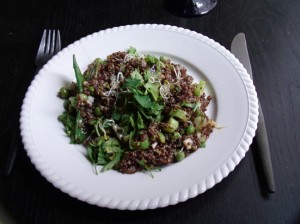
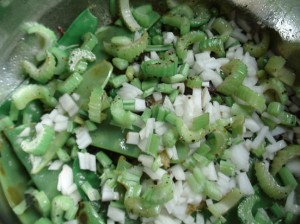
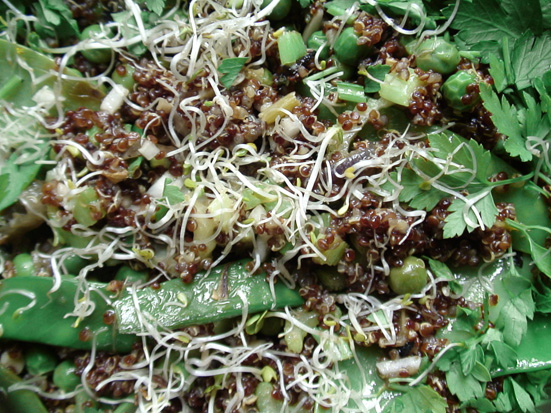

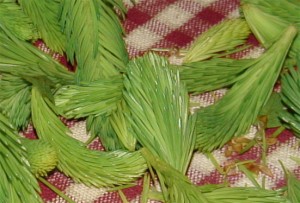 pick the tender sprout of the epicea.
pick the tender sprout of the epicea.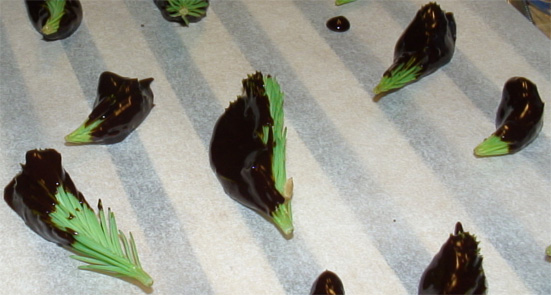
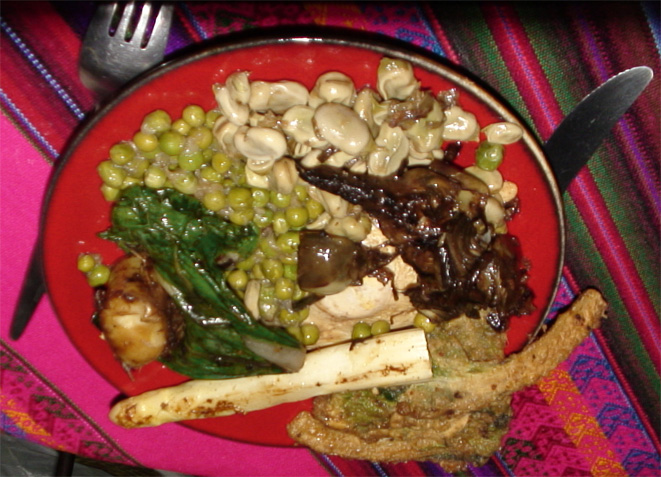 At last Spring has arrived in our plates, in this night of May .
At last Spring has arrived in our plates, in this night of May .